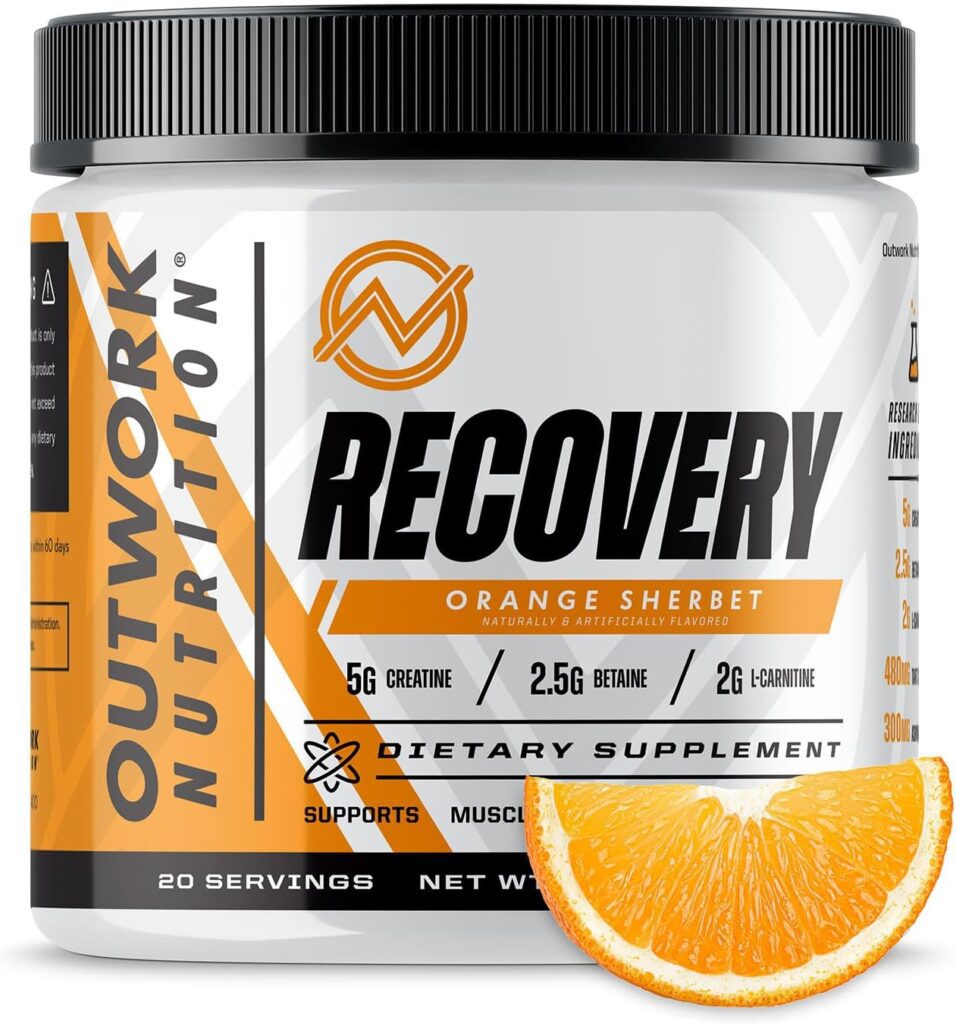Delayed Onset Muscle Soreness (DOMS) is a common experience for many who engage in intense workouts or try new exercises.
While it can be an indicator of muscle growth and adaptation, DOMS can also be uncomfortable and hinder your performance.
If you find yourself sore after a workout, you may wonder whether you can continue exercising and how to ease the discomfort.
Here’s what you need to know about working out with DOMS and five effective ways to alleviate the soreness.
Can You Work Out with DOMS?
Yes, you can work out with DOMS, but it’s essential to listen to your body and adjust your routine accordingly.
Light to moderate exercise can help increase blood flow to the affected muscles, potentially reducing soreness.
Activities like walking, yoga, or low-intensity cycling can be beneficial.
However, if the soreness is severe, it may be wise to focus on recovery rather than pushing through intense workouts.
5 Ways to Ease DOMS
The following are ways to ease DOMS by maximizing your post workout recovery so you can train harder.
1. Take A Recovery Supplement
Taking a recovery supplement that includes creatine, betaine, and L-carnitine can significantly enhance soreness support and workout recovery.
Creatine helps replenish energy stores in muscles, improving performance and reducing fatigue, while betaine supports hydration and muscle function.
L-carnitine aids in fat metabolism and may help decrease muscle soreness, making this combination an excellent choice for optimizing recovery after intense workouts.
Out of all the supplements I’ve tried around recovery, Outwork Nutrition’s Recovery is one of my favorites.
Recovery is one of my favorite recovery supplements because it combines scientifically backed ingredients in effective doses to maximize muscle recovery.
Recovery not only contains Creatine Monohydrate and L-Carnitine, it also includes KSM-66 Ashwagandha.
This aids in regulating cortisol levels, reducing stress on both the mind and body, which fosters a more efficient recovery process.
Simply take 1-2 scoops after your workouts and you’re good to go!
2. Stay Hydrated
Hydration plays a crucial role in muscle recovery.
Drinking enough water helps flush out toxins and supports overall muscle function.
Aim to drink at least 8-10 cups of water a day, and consider electrolytes if you’ve had an intense workout.
Proper hydration can help alleviate muscle soreness and improve recovery time.
3. Incorporate Active Recovery
Engaging in light physical activity, known as active recovery, can help ease DOMS.
Gentle exercises such as walking, swimming, or yoga can promote blood circulation and reduce stiffness in sore muscles.
Aim for 20-30 minutes of low-impact activity to help your body recover without overexerting yourself.
4. Apply Heat or Cold Therapy
Using heat or cold therapy can provide relief from muscle soreness.
Cold packs can help reduce inflammation in the initial days following your workout, while heat can soothe and relax tight muscles later on.
Consider alternating between heat and cold for maximum benefit. A warm bath with Epsom salts can also be a soothing way to relax sore muscles.
5. Consider Nutritional Support
Your diet plays a significant role in muscle recovery.
Consuming protein-rich foods helps repair muscle tissue, while carbohydrates replenish glycogen stores.
Foods high in antioxidants, such as fruits and vegetables, can also help reduce inflammation.
Additionally, consider additional supplementation with omega-3 fatty acids (fish oil) to support recovery and ease soreness.
BONUS: Stretch and Foam Roll
Gentle stretching and foam rolling can help alleviate muscle tightness and improve flexibility.
Incorporate dynamic stretches before your workout and static stretches afterward.
Foam rolling can help release muscle knots and improve blood flow, making it an excellent addition to your recovery routine.
Spend a few minutes on sore areas to ease tension and promote relaxation.
DOMS Exercise & Recovery
While DOMS can be uncomfortable, it doesn’t have to derail your fitness goals.
You can work out with DOMS by focusing on light activities and listening to your body.
Implementing these five strategies—staying hydrated, incorporating active recovery, using heat or cold therapy, stretching and foam rolling, and considering nutritional support—can help ease muscle soreness and promote faster recovery.
Remember, recovery is an essential part of any fitness routine, so take the time to care for your muscles and allow them to heal.
Thank you for reading!
Affiliate Disclosure
Some of the links on this site are affiliate links. This means that if you click on the link and purchase the item, we may receive an affiliate commission at no extra cost to you. I only recommend products or services that I believe will add value to my readers, however some (not all) do pay us to be on this blog. Your support and theirs helps keep this blog running, and I genuinely appreciate it.
Medical Disclaimer
The information provided on this website is for educational purposes only and is not intended as medical advice. This blog or the writer is not a licensed healthcare professional, and the content should not be used as a substitute for professional medical diagnosis, treatment, or advice. Always consult with your physician or other qualified healthcare provider before starting any new treatment or making any changes to your healthcare routine.
